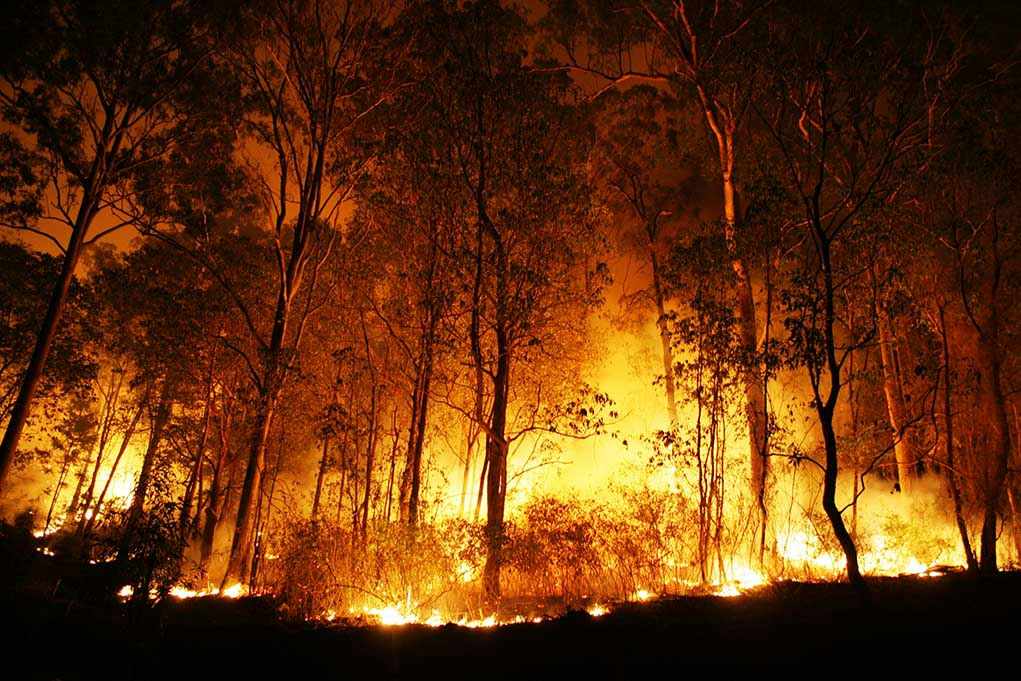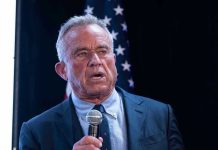
Nearly 7,000 homes vanished in the Palisades Fire, but for many survivors, the most combustible fuel wasn’t chaparral—it was government failure, slow action, and a sense that lessons from the last disaster were ignored, again.
Story Snapshot
- The Palisades Fire destroyed 6,837 structures in just 24 days, making it one of California’s most ruinous urban fires
- Repeated warnings and recent fires had already exposed infrastructure and response weaknesses
- Victims and observers point to government failures as central to the disaster’s scale and impact
- Months after the flames died, investigations and debates over accountability continue
How a Firestorm Became an Urban Catastrophe
The Palisades Fire ignited southeast of Palisades Drive, as Santa Ana winds whipped the Pacific Palisades and Malibu into a maelstrom. Within hours, city officials urged Malibu residents to prepare for evacuation, aware of how fast wind-driven flames can leap across canyons. Yet, despite recent fires in November and December, the region’s emergency response appeared stuck in old patterns, with evacuation orders lagging behind the fire’s frantic advance. The result: 6,837 homes and businesses reduced to ash, entire neighborhoods in ruins, and a community left asking why the same mistakes kept repeating.
Southern California Edison preemptively cut power to Malibu circuits that morning—an admission that conditions were ripe for disaster. Yet, as the fire spread, questions grew about water pressure for firefighting, backup power for emergency communications, and why so many homes, especially in high-value enclaves, fell so quickly. As Pacific Coast Highway choked with evacuees, the reality set in: infrastructure vulnerabilities, flagged by recent blazes, once again hampered both escape and defense. By the time the fire was contained on January 31, the scale of destruction eclipsed even the most pessimistic forecasts.
Patterns of Warning, Patterns of Failure
The Palisades and Malibu region’s history with wildfire is long and grim. Yet, the speed and density of this fire’s destruction—nearly 0.3 structures lost per acre—suggested something new and damning: a convergence of development, climate, and unaddressed weaknesses. The area had weathered the Franklin Fire weeks before and the Broad Fire just two months earlier. Officials, including Malibu’s Mayor Doug Stewart, acknowledged the relentless pattern, but the fire’s aftermath exposed a system unable to adapt. Residents, many of whom had rebuilt after previous disasters, found themselves displaced again, their faith in government shaken more than ever.
Utility shutoffs, meant to prevent powerline-sparked blazes, left swathes of the community in the dark and complicated emergency alerts. Water systems strained under peak demand, and access roads, already flagged as inadequate in past reviews, quickly jammed. As the fire raged, multi-agency command structures—meant to provide resource depth—struggled with coordination, echoing critiques from previous incidents. The question for many was no longer “if” government would fail, but “how badly” and “at what cost.”
Who Pays the Price—and Who Answers?
Federal disaster declarations brought relief funds and a phalanx of recovery teams, but months later, hundreds remained in temporary housing and infrastructure repairs dragged on. The official cause of the fire remains under investigation, fueling speculation and finger-pointing. For survivors, accountability means more than a report—it means knowing that the next Santa Ana wind won’t sweep away what remains of their trust.
7,000 Homes Lost: Fire Victim Says Government Failures Are Real Culprits in Palisades Blaze https://t.co/1Lst785o1k
— TheMightyThor1971 (@MightyThor1971) October 9, 2025
The fire’s impact was amplified by the very systems meant to protect. With 12 civilian deaths, over 6,800 homes lost, and billions in property damage, the Palisades Fire became a case study in how preparedness can fail even the wealthiest, most connected communities. As debates rage over building codes, land use, and the future of the wildland-urban interface, one truth remains: disaster, when mismanaged, is not just natural—it is man-made. The embers of the Palisades Fire may have cooled, but the fight over what—and who—set them burning continues in city halls, courtrooms, and among families who lost everything, again.
Sources:
Cal Fire: Palisades Fire Incident
City of Malibu: Palisades Fire Information Archive












